There is an art to cooking with cannabis.
Whether it is the creation of cannabutter, infusing coconut oil with cannabis, or simply baking a batch of edibles, the process requires time and patience to master.
Things can quickly take a turn for the worse when improper techniques are applied, and if you have invested a ton of money into the current batch you are cooking with, a turn for the worse can mean a lot of money down the drain.
If you are new to the world of cannabis cooking or are currently experimenting with it for yourself, then keep on reading.
We will be exploring some of the most common rookie mistakes when it comes to cannabis cooking. So without any further delay, let’s get to the ‘meat’ of the matter!
Top 10 Common Mistakes When Cooking with Cannabis
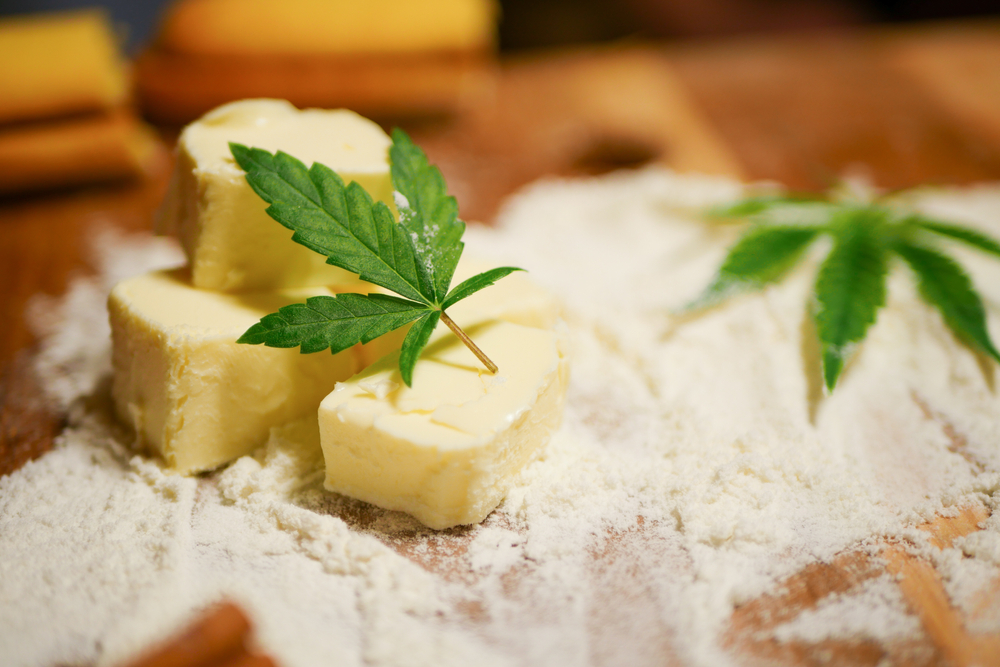
The fact that you can incorporate cannabis in practically any type of recipe that involves fats opens up the doors to a whole realm of culinary possibilities.
However, cooking with cannabis is not as easy as it sounds. Unlike smoking, you can’t just drop your cannabis into the food and hope for it to be good to go.
To get you started on your way, here are the top 10 most common mistakes when cooking with medical marijuana.
1) Cooking with Raw Cannabis
By far, one of the biggest rookie mistakes is using raw cannabis to try to make effective edibles. Not only will using raw cannabis create lacklustre results, but it will also waste a ton of your hard-earned money.
As it turns out, cannabis needs to be decarboxylated (exposed to heat) in order for it to produce its psychoactive effects.
This is a simple process that does require some preparation before actually implementing the cannabis in your recipes.
In order to decarboxylate your weed, you’ll have to preheat your oven to 105 degrees Celsius (220 degrees Fahrenheit) and let your weed bake for approximately 40 minutes, stirring it halfway through.
Remember, you’ll have to grind your weed prior to decarboxylating it to maximize its effects. Decarboxylation is also essential if you’re trying to infuse your cannabis with oil or fats.
2) Improper Distribution
When trying to make cannabis-infused oil or butter, forgetting to mix your ground cannabis throughout the mixture thoroughly can lead to improper distribution of cannabinoids.
What that means is that a huge concentration of THC or CBD will be stuck in one specific spot, creating inconsistencies within your edibles.
Some might end up getting you super stoned while others may not do anything at all. Make sure you mix and mix well!
3) Over-Grinding the Cannabis
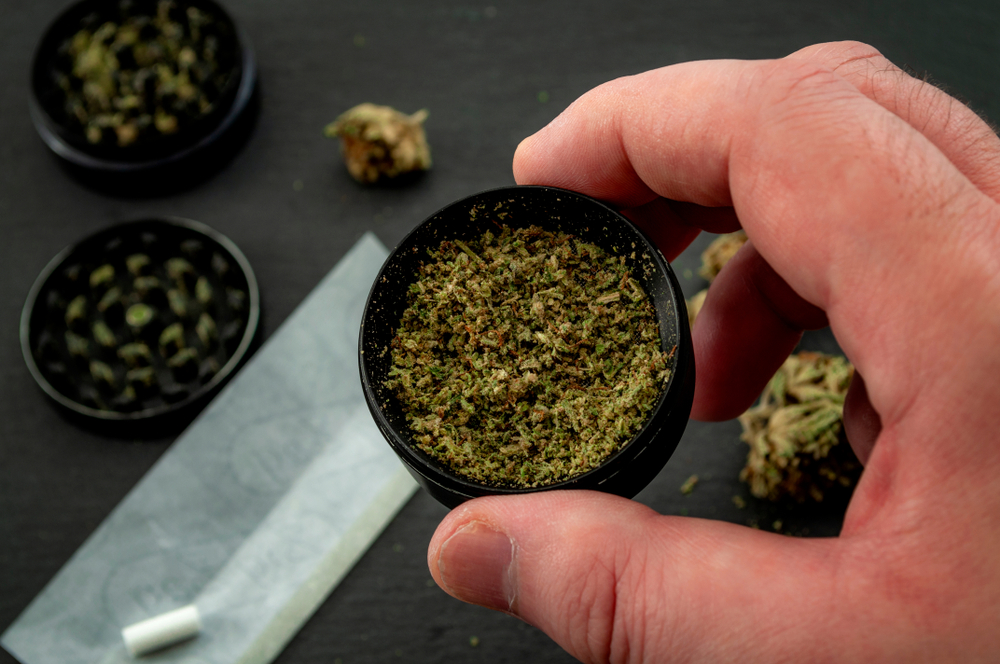
While it is true that medical marijuana must be ground before cooking in order to achieve the maximum benefit it has to offer, the opposite is true when cooking with marijuana that has been ground to a consistency that is too fine.
Grinding cannabis too finely, or putting it in a high powered blender or food processor has been known to give the end product an unpleasant grassy flavor.
Pulverizing cannabis can also lead to oils and cannabutter to turn colors into a murkier shade of green which may not be so pleasing to the eye. Rather than pulverizing your cannabis to a fine dust, make sure your weed is in a fine but slightly rough consistency, preferably one that resembles coarse salt.
Check our guide to learn how to use a grinder the proper way.
4) Using Too Much Marijuana
When cooking with cannabis, it’s essential to weigh quality over quantity.
While it can be enticing to think that the more weed you put into your recipes, the higher you’ll get, and it may be true, but when you’re starting out, this is a dangerous way to think.
Unlike smoking or vaping marijuana, you aren’t just using the buds of the plant; you’re actually cooking with the entire thing, stems, leaves, and trim included.
You’ll be extracting each and every cannabinoid from the plant as well as its terpene profile, and if you know anything about edibles, you know that they kick like a mule. A little goes a long way.
5) Forgetting to Test the Potency
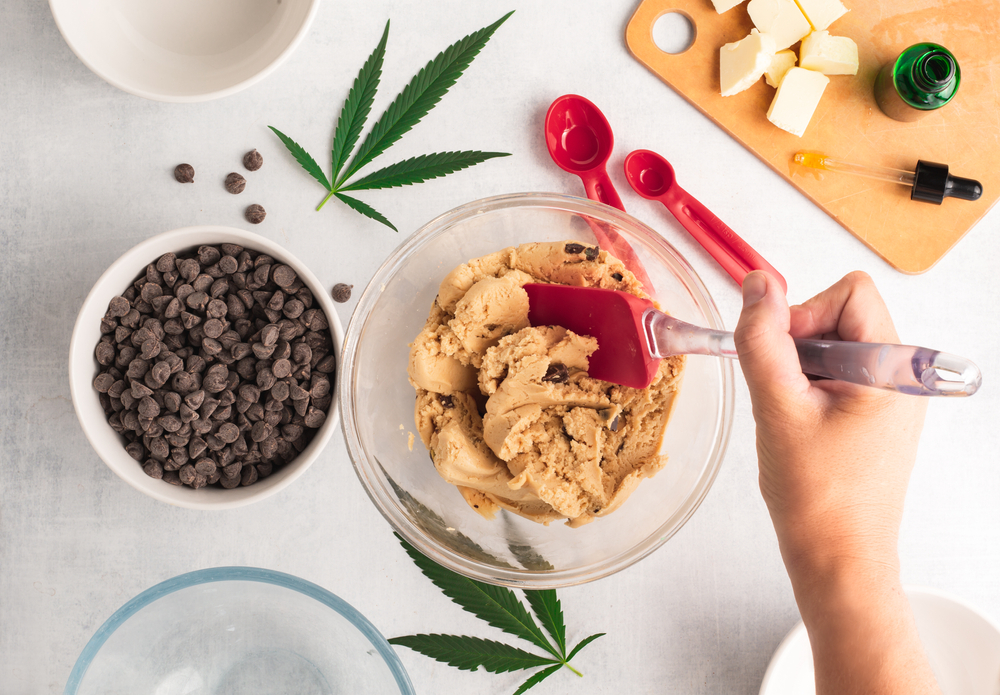
It might be tricky to nail an exact dosage when creating cannabis-infused edibles at home, but that doesn’t mean you have to feel like a blind guy in a minefield every time you pop one of your own in your mouth.
The truth is, you can measure the approximate dosage of your cannabis-infused oil or edible by taking a small test size and sampling it.
Alternatively, if you have the amount of THC in the strain you’re using, you can compare it to the amount of oil used and gauge by the dosage based on that.
Don’t be that guy who offers edibles to their friends while simultaneously reassuring them to “relax, they’re not that strong” only to see them couch locked for the next couple of hours. Be better – test your edibles!
6) Foregoing Water When Infusing
Scorching is the enemy of all cannabis culinary creators. Adding a little bit of water to your oil and butter while cooking can help prevent burns and make the end product a little less green. There is no specific amount of water to add to your infusions, so you’ll have to play around with it.
7) Using Any Old Weed
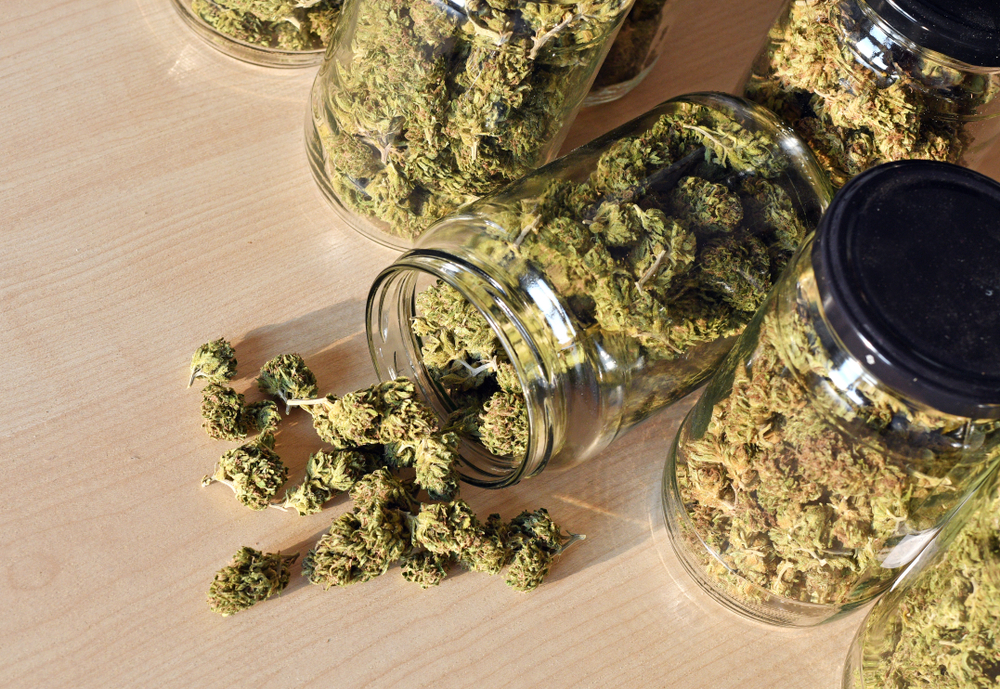
Strain choice matters. Different strains have different cannabinoid and terpene profiles that produce their own unique set of effects. One of the most well-known differences in strains is the difference between Sativa and Indica. Certain strains will produce more energizing or relaxed effects depending on the genetic profile of the strain itself.
8) Improperly Using Concentrates
Cannabis concentrates are a different animal than regular old weed. Concentrates vary in consistencies and come in all different shapes and sizes.
They are effectively 2-4 times more potent than standard bud, so a little really does go a long way. As for consistency, kief can dissolve instantaneously in oil at moderate temperatures while hash may take a bit more time. There is an art to cooking with concentrates and it takes time and patience to master.
9) Decarboxylation at Too High of a Temperature
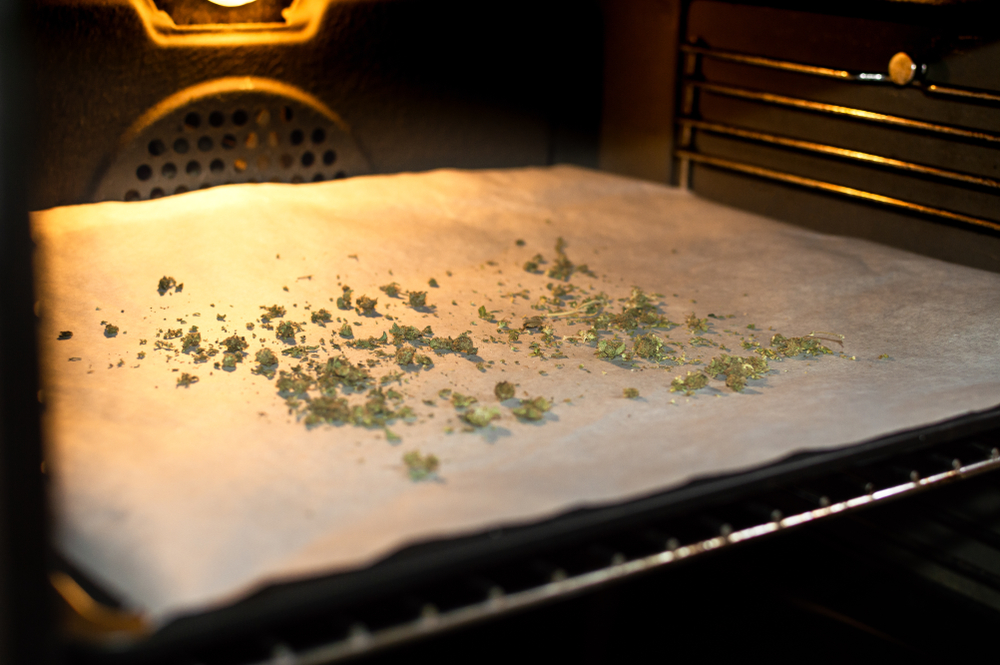
A great way to ruin your infused oil is to decarb your weed too high of a temperature. This not will not only burn off much of the terpene profile, but it will also disrupt the cannabinoid content, weakening your edibles, or making them ineffective.
For ideal decarboxylation, it is advised to heat the ground marijuana up for approximately 40 minutes at 105 degrees Celsius or 220 degrees Fahrenheit. Using a temperature above this range to expedite the process may result in damaging the cannabinoids in marijuana.
10) Ignoring Portion Size
Whether you’re cooking with dry herb or a cannabis concentrate, paying attention to portion size is crucial to being able to properly dose your edibles.
For reference, most high-quality harvests of cannabis contain around 15-25% THC content while most cannabis concentrates operate in the range of 60-95% THC content.
Cooking with Cannabis – How to do it Right
Cooking with marijuana can be tricky at first, but with the proper practice and knowledge, it can easily transform into a creative outlet where you get to enjoy both making great food and getting high.
Remember to keep your cannabis-infused edibles and treats out of sight of prying hands (humans and animals included) and to mark and label your medicated ingredients. Failure to do so might result in medicating an unsuspecting family member or friend, as was the case with one Redditor who left their unlabelled cannabutter in the fridge without letting anyone know!
We hope this article provided some insight towards cooking with infused oils and butter. Happy trails!
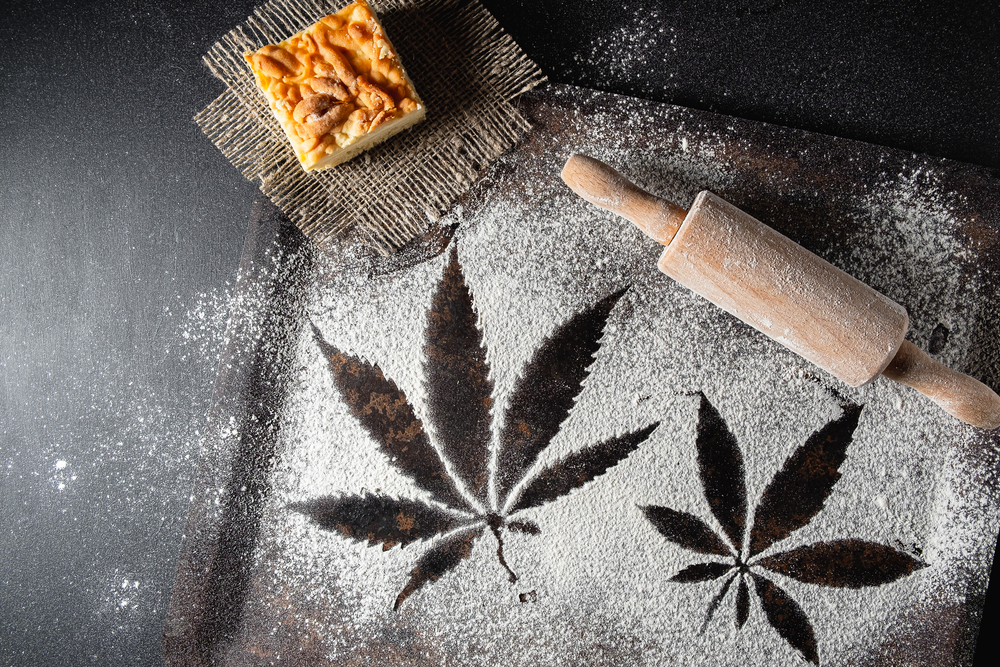

 No products in the cart.
No products in the cart.